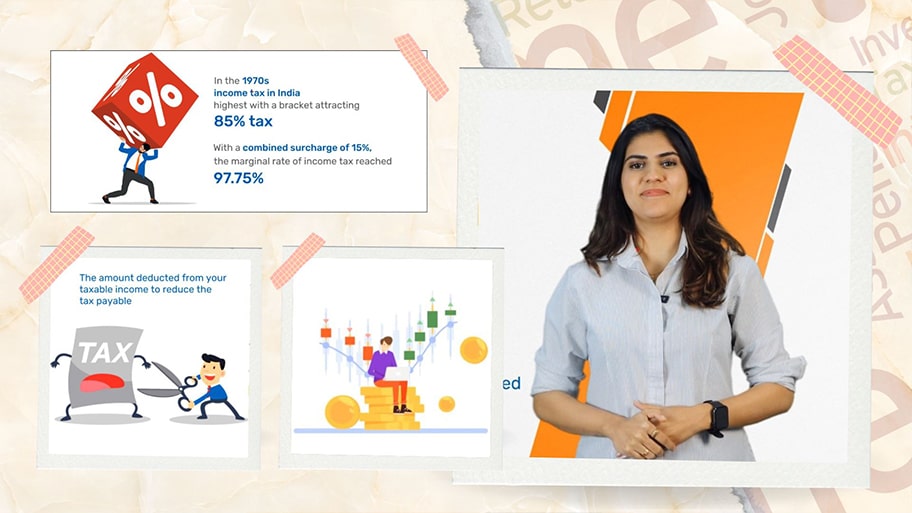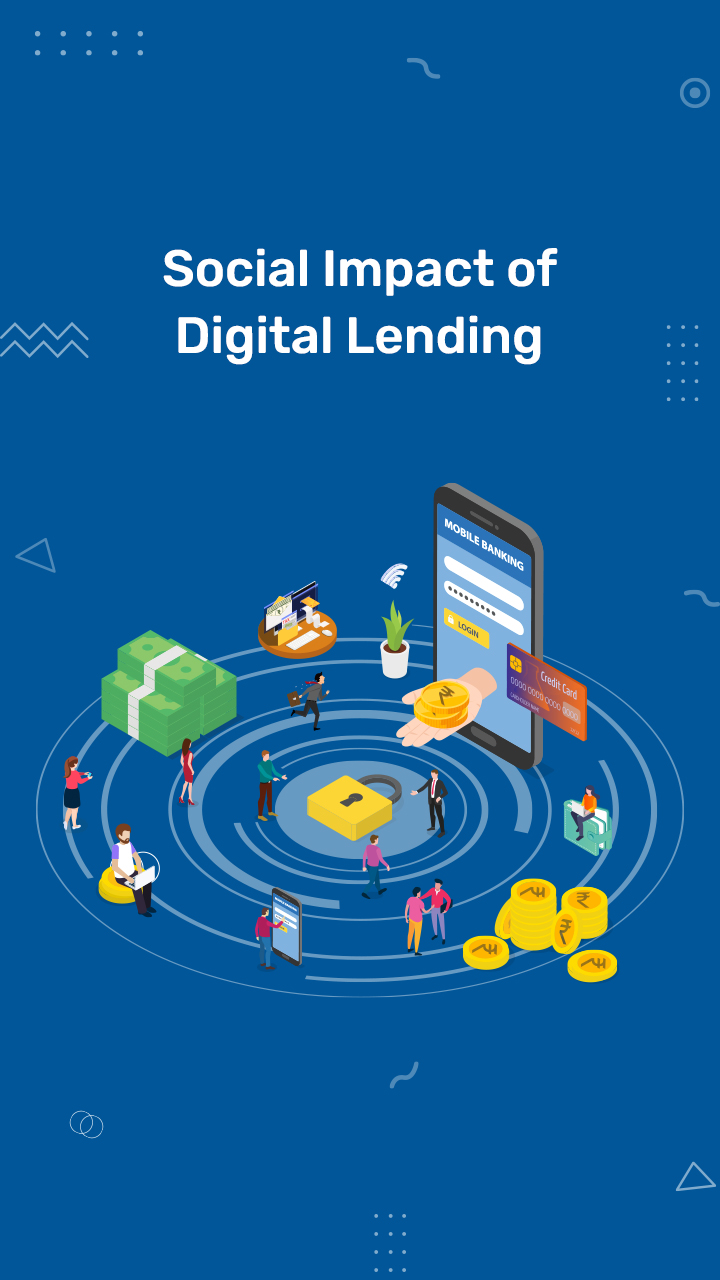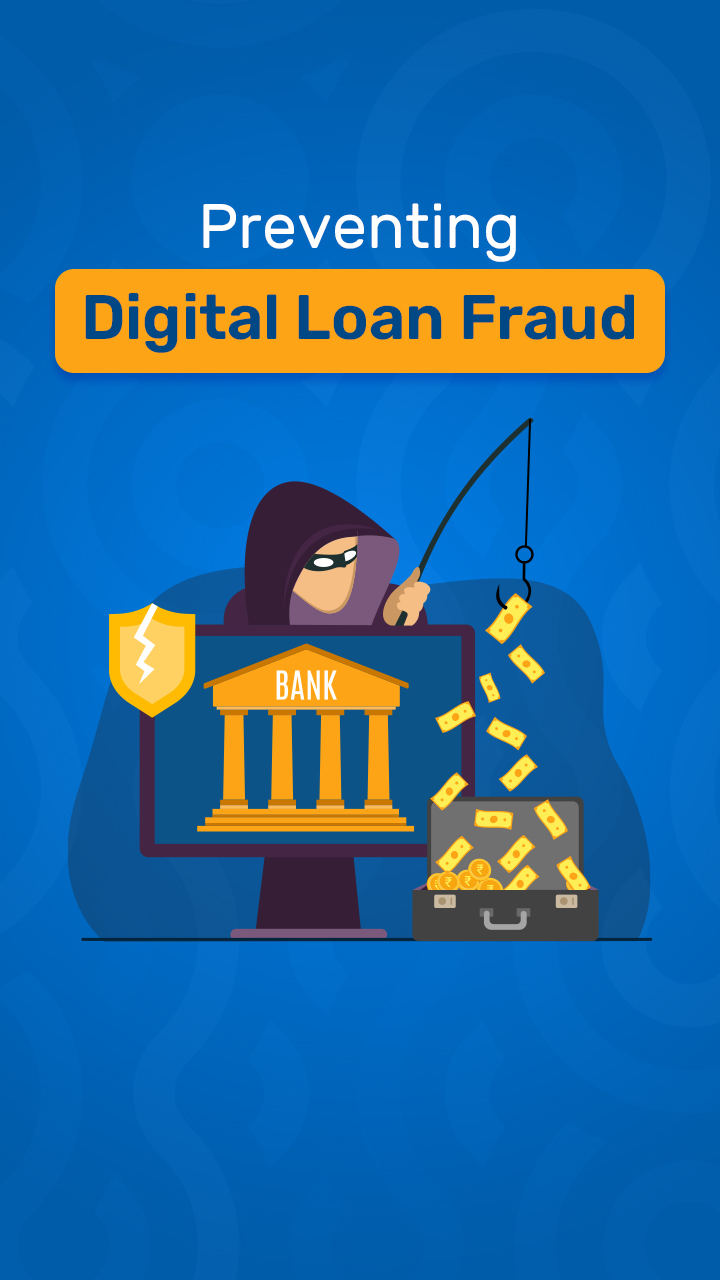Avoiding Digital Loan Scams and Fraud: A Guide for Safe Borrowing
Welcome viewers! With digital lending on the rise, being aware of potential scams is crucial. In this video, we’ll cover some key things to know when exploring this online space.
First, we’ll discuss some common scams and frauds. Digital lending has made financial access easier, but it also opens doors for scams like phishing. Here, fraudsters create fake websites or emails to trick people into sharing sensitive information. You’ll learn how to avoid falling into phishing traps by verifying a website’s legitimacy through various ways.
Another risk that we’ll explore is fake loan offers. These are instant loans that often ignore credit history but come with hidden fees or high interest. Research the lender carefully and avoid offers that seem too good to be true. Identity theft is another concern that this video focuses on. Regularly monitor your credit report to catch any suspicious activity.
You will also gain tips to protect yourself. Always verify the lender’s information, avoid unsolicited loan offers, double-check website URLs for security, and thoroughly review loan terms for hidden fees. Regular credit monitoring also helps you stay safe.
Staying alert and informed can shield you from these digital loan scams. Remember, if an offer seems too good, it probably is.

Key Takeaways
Be cautious of phishing scams in digital lending; verify website legitimacy and check for secure connections (https://)
Stay aware of potential fraudsters and be careful with whom you share your PAN, Aadhar, and other such details
Research lenders, read reviews, and stay sceptical of quick loans with hidden fees or high-interest rates
Guard against identity theft by monitoring your credit report regularly and reporting any suspicious activity promptly
Verify lenders through online reviews, check contact information, and ensure secure connections before proceeding
Stay cautious of unsolicited loan offers via email or text, as legitimate lenders typically don't reach out without prior contact
Thoroughly review the terms and conditions, checking for hidden fees or unusual clauses before accepting any digital loan offer
What to Watch Next
Bites
































